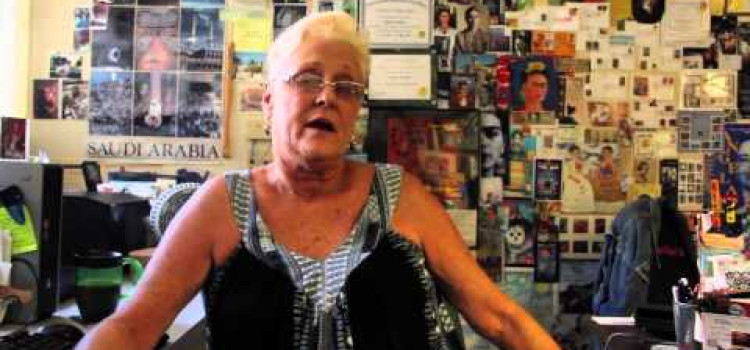

As a kid growing up in Central Long Beach, I never really noticed neighborhood differences. I thought every neighborhood was just like mine, whether it was in the eastside or in Belmont Heights. As I became older however, I began to notice that every neighborhood was different and had it’s own personality.
Everyone knows Long Beach has a rich diversity and nowhere is that more evident than in the schools.
I’ve went to schools in all different parts of Long Beach, and no matter where I went, I saw that within the schools, students often hung out people of the same race.
For example, when I was in high school at Wilson, there was a tree where many Asian students hung out called the “Asian Tree,” Latinos would often hang out in the halls of the 200 building and black students would claim Park Avenue their own.
This is also the case when you look at neighborhoods. In the map below, produced by Long Beach Rising in 2012, you can see where different ethnic communities live in Long Beach and that it isn’t as mixed as many would believe. So, that begs the question: “Is Long Beach segregated?”
“I think on the surface level we may look at these regions in the city of downtown, south Long Beach and east and north where they are all different there,” said James Suazo, hub coordinator at Building Healthy Communities: Long Beach. “Some might be more dangerous, some might be more safe, but it’s the values and that culture that really define whether it’s safe and what is a home.”
Why is segregation bad? Well, aside from concentrating poverty, especially among communities of color, communities with high rates of segregation perform economically worse than those with less segregation, according to a study published in Urban Studies.
While LB Rising’s map shows that Long Beach is pretty segregated, Wilson High School Spanish teacher Heriberto Rios’ believes progress towards a true diversity is evident in Long Beach, but still isn’t fully there.
“Nowadays, you see a lot of, in my case, I see a lot of students who have [mixed] races for example African Americans and Hispanic, White and Hispanic,” Rios said. “And that’s a sign that people are accepting each other as races and getting together more but I think we still have a long way to go.”
Cal State Long Beach’s Multicultural Center Assistant Director Cynthia Schultheis remembers that Long Beach had always had some form of segregation over the last six decades that she’s lived in the city.
Schultheis even recalls the first time she saw African American students being bussed in from different areas of Long Beach in 1966. While this history is true, she believes segregation today is connected to poverty.
“My opinion today of Long Beach is, it’s not as much racially segregated as it’s economically segregated. If you can’t afford to get out of the bad areas in town, then that’s where you wound up staying,” Schultheis said. “We kind of know poverty hits people of color a lot harder than it does white people sometimes and that keeps them in their areas in Long Beach that seem like they’re segregated but they’re probably not.”
I can agree that Long Beach has become less segregated that it once was, even in my 21 years of living here. But neighbors seem almost same as when I grew up. I feel like Long Beach is slowly progressing. I would like to see Long Beach coming together as one and helping those who need help, no matter what economic or racial background they have. I would like to see the youth feel accepted in every school in Long Beach, no what area they are from. In the future, I can see Long Beach as the most welcoming city in the United States.

